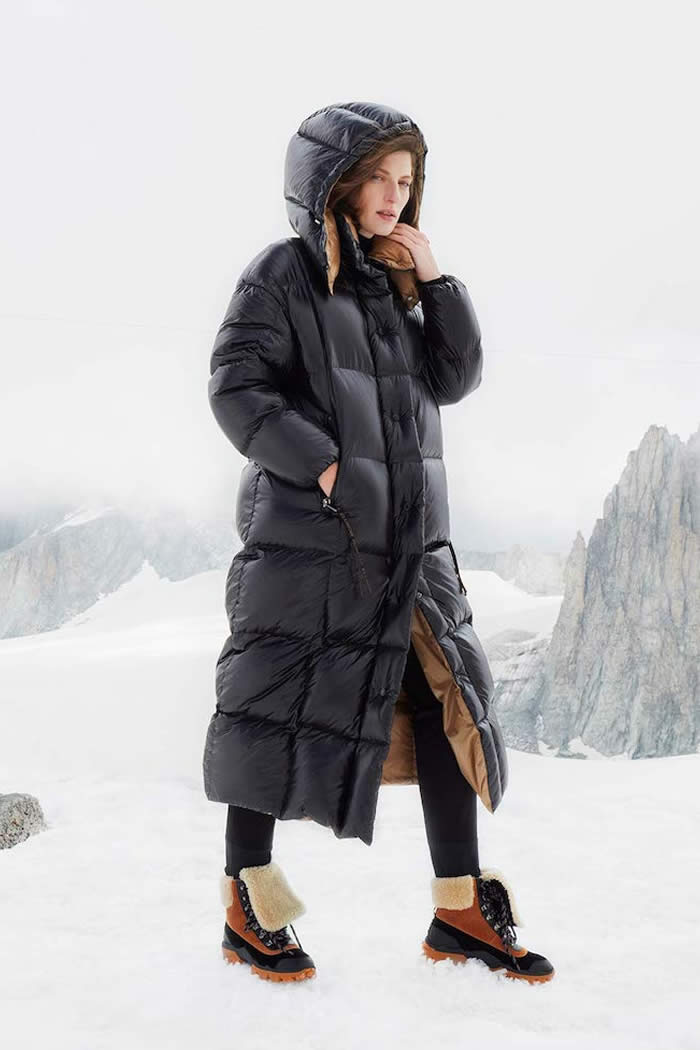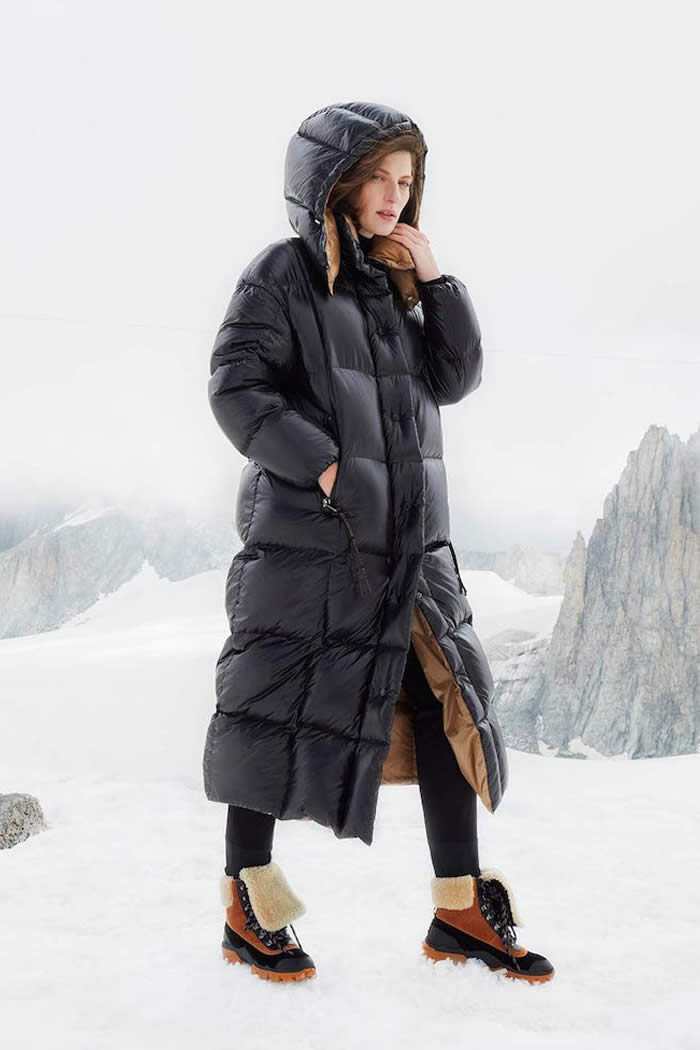Moncler is further committing to sustainability, mapping out its course under its Born to Protect Sustainability Plan until 2025.
The plan focuses on five strategic drivers: climate action; circular economy; fair sourcing; enhancing diversity, and giving back to local communities.
Among the latter initiatives, Moncler, generally identified with the down jacket, is pledging to help 100,000 people most in need and protect them from the cold by 2023. In the past three years, the company has aided around 45,000 children in difficult situations in some of the world’s coldest areas as part of the Warmly Moncler project for UNICEF.
As per the Nurture Genius project part of the plan, Moncler will establish a Diversity and Inclusion Council to boost cultural change, internally and externally, by January 2021. By the following year, 100 percent of employees will be engaged in a three-year cultural awareness plan. By 2023, a new organizational model based on cross-functional and cross-cultural working groups will be implemented.
“The world is facing ever more urgent social and environmental challenges,” said Remo Ruffini, chairman and chief executive officer of the company. “The pandemic is a reminder that we can, we must, always go beyond what we have already achieved if we are to make our future better. To rise to these great challenges, as individuals, as organizations and as companies, we must mobilize extraordinary energies. The kind that can only be generated by engaging people around common goals.”

Because of the current challenges, Ruffini urged “welcom[ing] new ways of thinking and working,” in order to “find innovative solutions in new places.”
With the new sustainability plan, Moncler is setting a number of goals, which include becoming carbon neutral worldwide by 2021 and employing 100 percent renewable energy globally by 2023.
“At Moncler, we will embrace these challenges with humility and with ambition, searching and improving, in the knowledge that even small steps can lead to great results. Moncler Born to Protect is the renewal of our continued commitment to protect today and tomorrow for all,” said Ruffini.
Circularity is key for the company, implying designs that are set to last, using low-impact materials and cutting waste. This means recycling fabric scraps and using sustainable nylon as well as the elimination of single-use plastics. More than 80 percent of nylon fabric scraps will be recycled by 2023 and 50 percent of the nylon used by the company will be sustainable by 2025. Moncler is expecting zero single-use conventional plastic by 2023.
Starting from January 2021, Moncler will start recycling down that is DIST-certified. DIST stands for Down Integrity System and Traceability and the protocol is developed together with external experts. The down, through an innovative mechanical process, requires 70 percent less water compared with traditional down recycling processes. Since 2015, 100 percent of Moncler’s purchased down is traced and certified according to the DIST Protocol.
Being fair and ensuring trust means tracing and sourcing responsibly, according to the plan. For this reason, Moncler is aiming for 100 percent of key raw materials to be traced by 2023 and to have more than 80 percent of its strategic suppliers achieve the highest grades of the company’s social compliance standard by 2025. Moncler is targeting continuous improvement of social and environmental standards throughout the supply chain through close collaboration with its business partners.
Realizing the need to give back, one high social value project will be implemented every two years and all employees will be involved in volunteering initiatives by 2022.
Moncler, which is a signatory of the Fashion Pact, in July signed a financing credit line granted by Intesa Sanpaolo SpA for a maximum amount of 400 million euros and based on a rewarding mechanism linked to the achievement of environmental impact reduction targets, similarly to other brands in the industry such as Prada and Salvatore Ferragamo.
Among the steps taken over the years to achieve sustainable practices, 90 percent of product packaging is made with sustainable materials; the company has cut its direct CO2 emissions by 30 percent in the 2017-2019 period and energy used in Italy and at directly owned production site in Romania is entirely renewable.
Last year, the company entered the Dow Jones Sustainability World and Europe indices and was recognized as Industry Leader in the “Textiles, Apparel & Luxury Goods” sector.


